DoubleZero: Revolutionizing Web3 with a Faster, Decentralized Internet
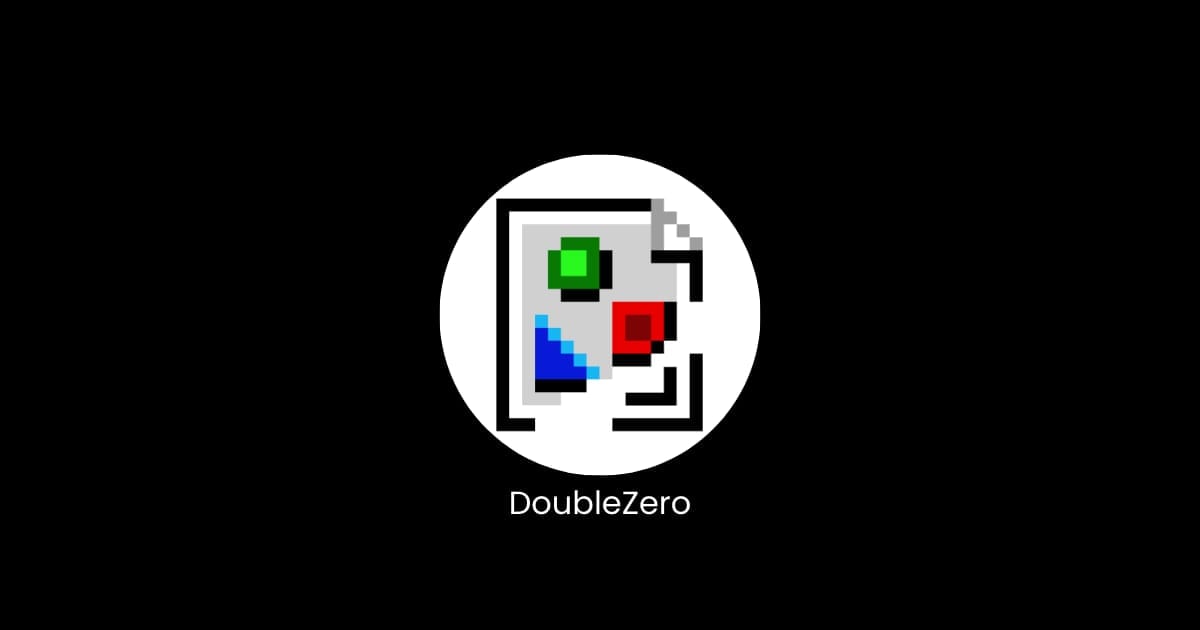
In the fast-moving world of Web3, where decentralization and blockchain technology are redefining how we use the internet, one project is taking on a huge challenge that few are talking about: the internet itself. DoubleZero is an ambitious initiative building what it calls a "new internet" — a network optimized for the unique needs of blockchain systems and distributed applications.
In this article, we’ll break down what DoubleZero is, why it matters, and how it's aiming to become the digital highway Web3 needs to reach its full potential. Whether you're already into crypto or just getting curious about the next version of the internet, this guide will help you understand what makes DoubleZero special.
What Is Web3 and Why Does It Need DoubleZero?
Let’s start with a quick refresher. Web3 is the next generation of the internet, where control shifts away from big corporations like Google and Meta and toward individual users. It’s powered by blockchain technology — the system behind things like cryptocurrencies, decentralized finance (DeFi), NFTs, and decentralized apps (dApps).
But while blockchains have evolved rapidly, the internet they're built on hasn't kept up. The public internet was designed for sending emails, browsing websites, and streaming videos, not for handling thousands of real-time blockchain transactions per second. Issues like bandwidth congestion, network delays, spam attacks, and uneven data delivery create major problems for decentralized systems that need to be fast, secure, and fair.
That’s where DoubleZero comes in. Instead of being another blockchain or a layer built on top of one, DoubleZero is something entirely different. It's a new kind of infrastructure — a purpose-built, decentralized network layer designed to improve speed, reliability, and fairness across Web3.
The Problems DoubleZero Is Solving
To get why DoubleZero is so important, picture the internet as a city’s road system. Right now, data packets are like cars stuck in traffic. Some take long, winding detours. Others are slowed down by congestion or even malicious traffic. For blockchain networks like Solana that aim to handle thousands of transactions every second, this mess is a huge bottleneck.
Here are the main problems:
- Not Enough Bandwidth
Blockchain networks move a ton of data. But nearly 70% of that traffic is either spam or duplicates, which wastes bandwidth and slows everything down. - Slow and Inconsistent Data Delivery
Data on the public internet can take different routes every time, which adds delays and causes what's called "jitter" — inconsistent delivery times. This can mess with blockchain consensus, the process of validating and agreeing on transactions. - Vulnerabilities to Attacks
Public networks are exposed to DDoS attacks, where bad actors flood validators with fake data to overload and slow down the system. - Over-Reliance on Centralized Services
Many Web3 systems still depend on centralized companies like Cloudflare for performance boosts. This goes against the core principle of decentralization that Web3 is all about.
DoubleZero wants to fix these issues by creating a cleaner, faster, more secure path for blockchain traffic — one built specifically for Web3’s demands.
How DoubleZero Works: The Dual-Ring Approach
DoubleZero introduces a smart design it calls the "dual-ring architecture." Imagine a two-lane highway with each lane serving a different purpose.
- Outer Ring
This is the first line of defense. It uses special hardware called FPGAs (Field-Programmable Gate Arrays) to filter out spam, check that transactions are valid, and eliminate duplicates. Think of it as a gatekeeper that keeps junk data from slowing down the network. One FPGA can handle millions of transactions per second without adding any delay, which is pretty remarkable. - Inner Ring
Once the data is cleaned, it travels through the inner ring. This is where actual blockchain consensus happens. The inner ring uses ultra-fast fiber-optic cables and sends data directly between validators using multicast technology. That means every validator gets the same data at the same time, cutting down delays and keeping things fair.
This setup ensures that only clean, valid data makes it to the core network — and it gets there fast.
The Tech Behind DoubleZero
Here are the key technologies that power DoubleZero:
- Fiber-Optic Infrastructure
Instead of building new cables, DoubleZero taps into underused fiber lines provided by independent operators. This keeps things decentralized and cost-effective. - FPGAs (Field-Programmable Gate Arrays)
These chips are ultra-efficient at processing high volumes of data. They sit at the edge of the network and act as high-speed filters and verifiers. - Multicast Transmission
Rather than sending data separately to each validator, DoubleZero sends it once to all of them at the same time. This saves bandwidth and ensures everyone stays in sync. - Smart Routing
DoubleZero doesn’t rely on the unpredictable paths of the public internet. It uses custom routing tables to find the best paths for data to travel. - Quality of Service (QoS)
This system gives priority to the most important data — like validator votes — during peak times, making sure nothing critical gets delayed.
All these technologies combine to form a powerful network that outperforms the public internet for blockchain needs.
Built for Solana, Designed for Everyone
DoubleZero is starting with Solana, one of the fastest blockchains around. Solana is capable of handling up to 65,000 transactions per second in theory, but in practice, it often falls short due to network limitations. DoubleZero gives it a massive performance boost.
At the 2024 Solana Breakpoint conference, a demo using the Firedancer validator (built by Jump Crypto) running on DoubleZero’s network reached a jaw-dropping 1 million transactions per second. That’s beyond what any current blockchain can handle on its own.
But DoubleZero isn’t just for Solana. It’s built to be blockchain-agnostic, meaning it can help other networks too — from Ethereum to newer chains like Aptos.
It also has potential beyond crypto, including:
- Online Gaming: Faster and smoother multiplayer games
- AI Training: Better data transfer between global servers
- Zero-Knowledge Networks: Faster, privacy-preserving computations
- Decentralized Storage: High-speed data syncing for platforms like IPFS
The DePIN Model: Crowdsourcing Infrastructure
DoubleZero follows the DePIN (Decentralized Physical Infrastructure Network) model. It rewards people who contribute physical resources — in this case, fiber-optic capacity — with tokens. Anyone with access to underused fiber lines can earn $2Z tokens by adding them to the DoubleZero network.
Think of it like how Uber doesn’t own cars and Airbnb doesn’t own homes. DoubleZero builds a high-speed, global network using resources people already have. This makes it scalable, decentralized, and more resistant to centralized control.
The Team and Their Backers
DoubleZero was created by a team with deep roots in both blockchain and networking:
- Austin Federa – CEO and co-founder, formerly head of strategy at the Solana Foundation
- Andrew McConnell – CTO, expert in Web3 architecture and hardware systems
- Mateo Ward – A networking engineer with extensive experience
- Nihar Shah – Chief economist, formerly at Mysten Labs
The project has two arms: the DoubleZero Foundation, which supports growth and decentralization, and Malbec Labs, which handles the technical side.
In early 2025, DoubleZero raised $28 million in a token round led by Dragonfly and Multicoin Capital. The funding gave the project a $400 million valuation, signaling major confidence from top investors in the crypto space.
What’s Next And What Could Get in the Way
DoubleZero is still early in its journey. A testnet is already live in seven cities, and the team plans to expand to 17 more for the mainnet launch later in 2025.
But like any new tech, it’s not without its challenges:
- Hardware Costs: FPGAs are powerful but pricey, which may limit participation for smaller players
- Complexity: Setting up and running a network this advanced takes serious expertise
- Education: Some people still confuse DoubleZero with a new blockchain or Layer 2, rather than what it really is — an entirely new network layer
- Security: Any system involving hardware comes with risks that must be carefully managed
Still, the momentum is there, and the team is tackling these issues head-on.
Why DoubleZero Matters
If Web3 is going to fulfill its promise, it needs infrastructure that can keep up with its demands. DoubleZero provides just that — a new internet backbone optimized for decentralization, speed, and fairness.
Its ability to level the playing field, reduce costs, and push blockchain performance to new heights could be a turning point for the industry. And with strong backing, real-world testing, and a clear roadmap, it’s already proving that the dream of a better internet isn’t just hype.
As DoubleZero’s CEO Austin Federa put it:
“Faster is better, but faster alone is not enough. Faster must include the ability for everyone on the network to have the same access to data.”
Final Thoughts
DoubleZero isn’t just improving Web3 — it’s redefining the digital infrastructure that supports it. By creating a decentralized, high-speed network designed for the specific needs of blockchain and distributed systems, DoubleZero is addressing one of the most overlooked problems in the space: the limits of the public internet.
Its combination of advanced hardware, fiber-optic routing, and decentralized participation creates a new kind of internet layer that’s faster, more secure, and more fair. Starting with Solana but designed to serve any blockchain or data-heavy decentralized system, DoubleZero has the potential to become a foundational part of the Web3 ecosystem.
References
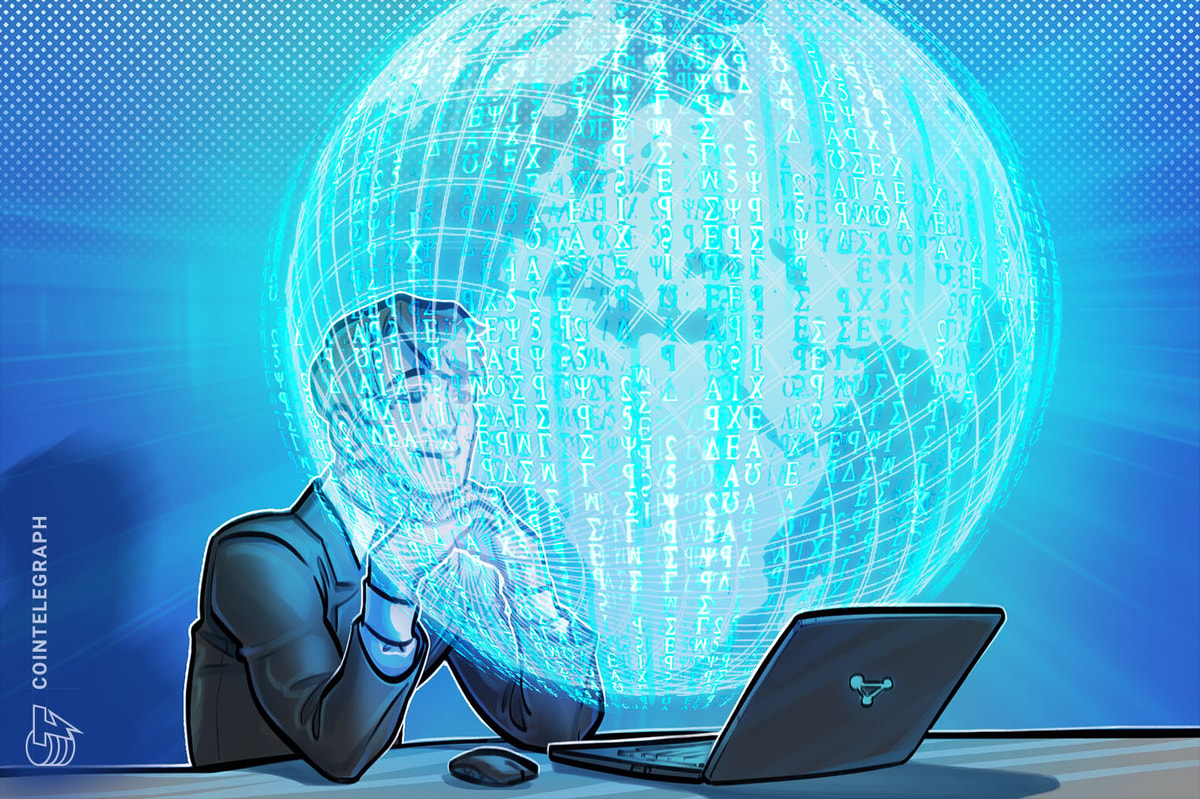
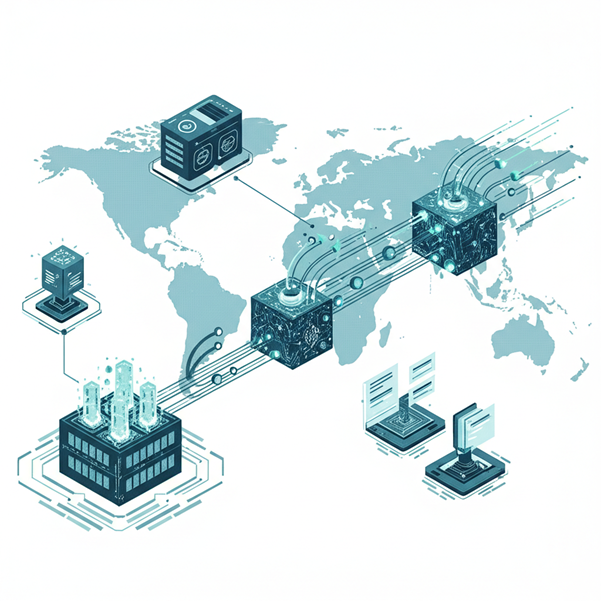
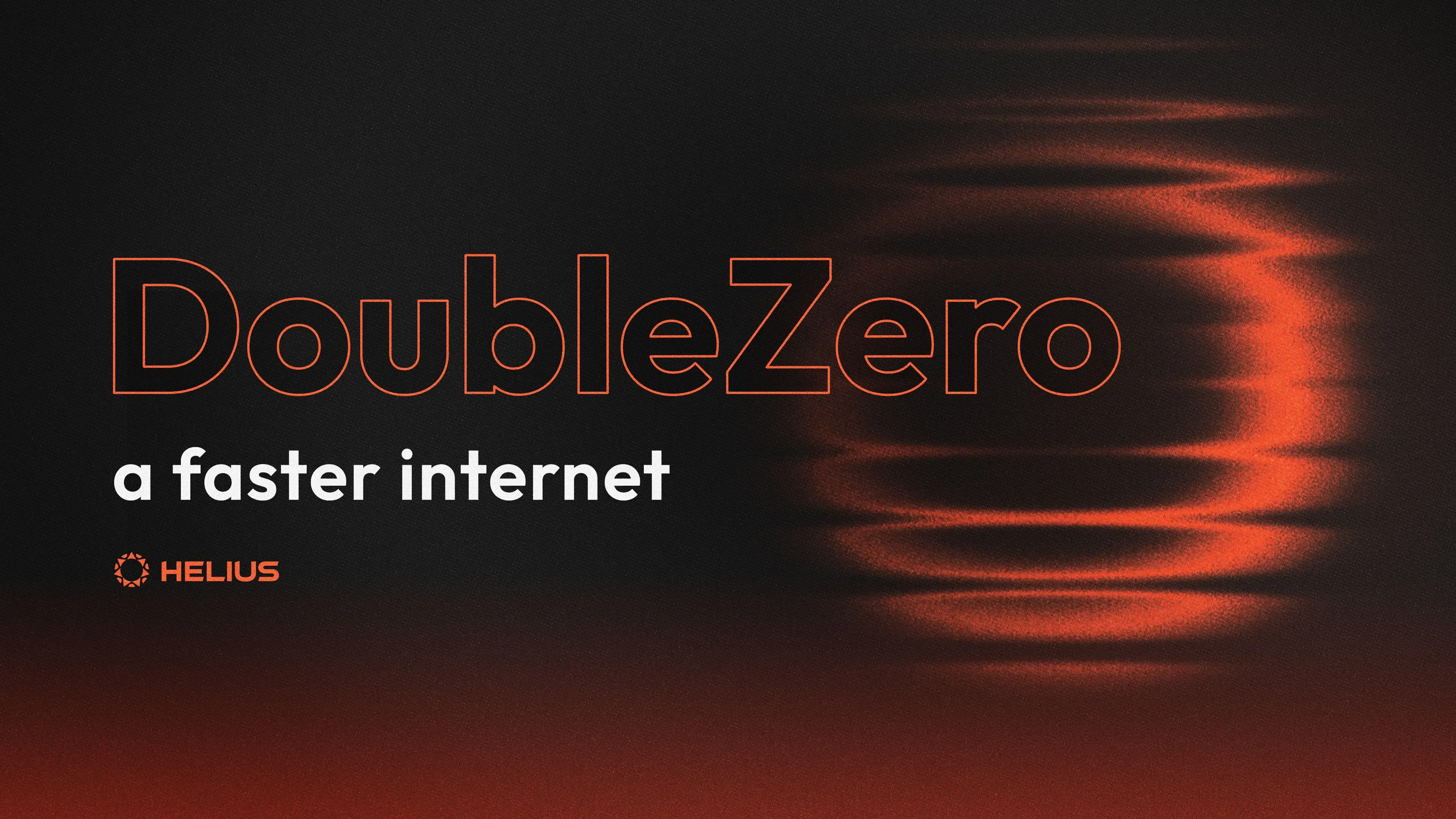
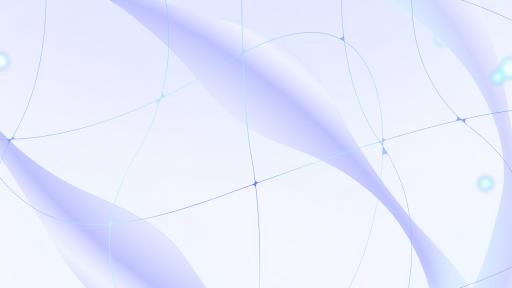
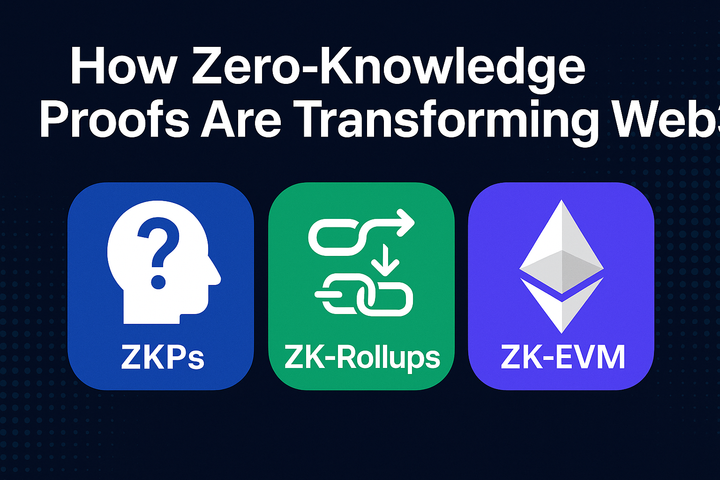





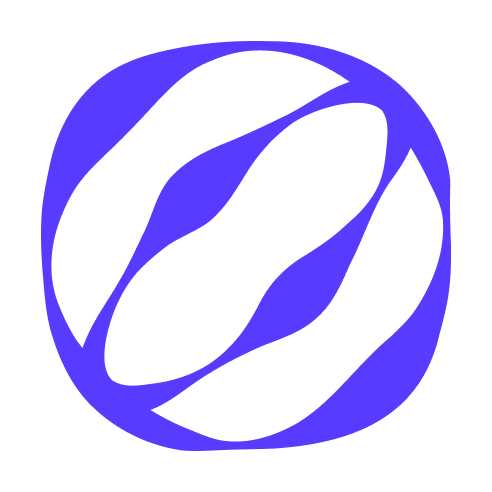

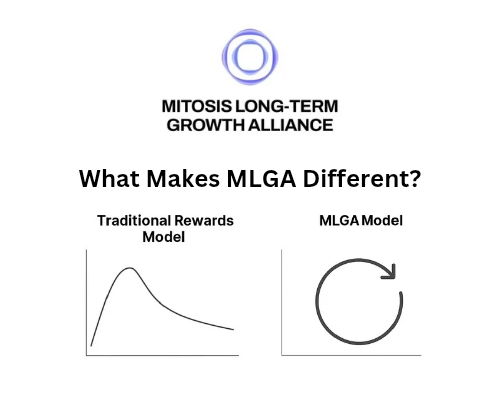
Comments ()